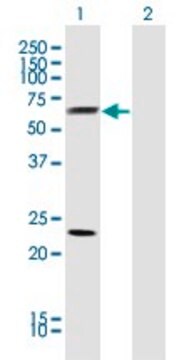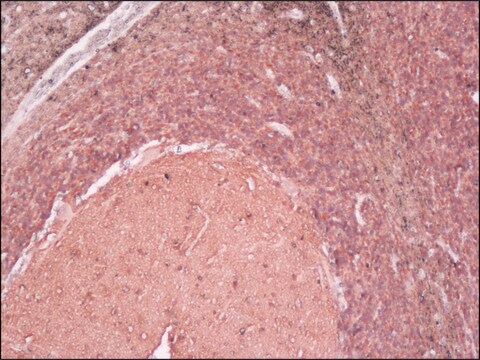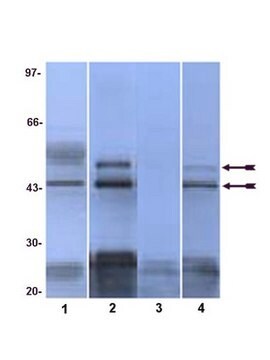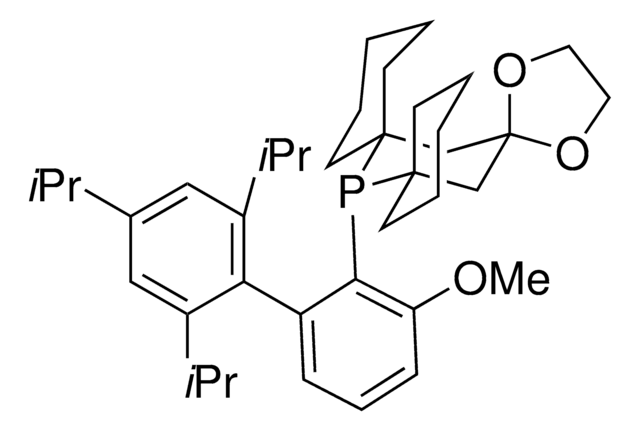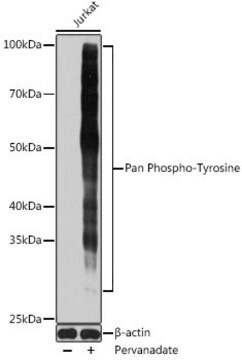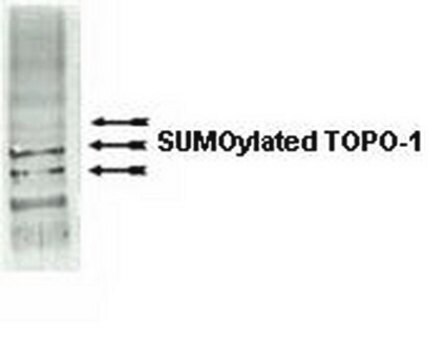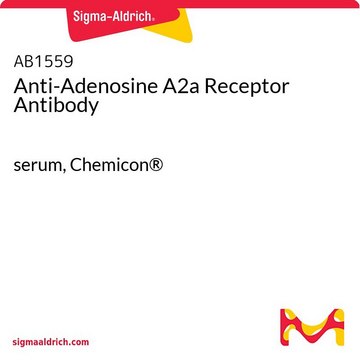906H-0
GCDFP-15 (23A3) + Mammaglobin Cocktail (304-1A5 & 31A5) Mouse/Rabbit Monoclonal Antibodies
About This Item
Empfohlene Produkte
Biologische Quelle
mouse
rabbit
Qualitätsniveau
100
500
Konjugat
unconjugated
Antikörperform
culture supernatant
Antikörper-Produkttyp
primary antibodies
Klon
23A3 + 304-1A5&31A5, monoclonal
Beschreibung
For In Vitro Diagnostic Use in Select Regions (See Chart)
Form
buffered aqueous solution
Speziesreaktivität
human
Verpackung
bottle of 1.0 mL predilute (906H-07)
bottle of 7.0 mL predilute (906H-08)
Konzentration
0.01-1 μg/mL (predilute)
Isotyp
IgG1
IgG2a
IgG
Versandbedingung
wet ice
Lagertemp.
2-8°C
Angaben zum Gen
human ... PIP(5304)
Allgemeine Beschreibung
Qualität
 IVD |  IVD |  IVD |  RUO |
Physikalische Form
Angaben zur Herstellung
Note: This requires a keycode which can be found on your packaging or product label.
Download the latest released IFU
Note: This IFU may not apply to your specific product lot.
Sonstige Hinweise
Sie haben nicht das passende Produkt gefunden?
Probieren Sie unser Produkt-Auswahlhilfe. aus.
Hier finden Sie alle aktuellen Versionen:
Analysenzertifikate (COA)
It looks like we've run into a problem, but you can still download Certificates of Analysis from our Dokumente section.
Wenn Sie Hilfe benötigen, wenden Sie sich bitte an Kundensupport
Besitzen Sie dieses Produkt bereits?
In der Dokumentenbibliothek finden Sie die Dokumentation zu den Produkten, die Sie kürzlich erworben haben.
Unser Team von Wissenschaftlern verfügt über Erfahrung in allen Forschungsbereichen einschließlich Life Science, Materialwissenschaften, chemischer Synthese, Chromatographie, Analytik und vielen mehr..
Setzen Sie sich mit dem technischen Dienst in Verbindung.